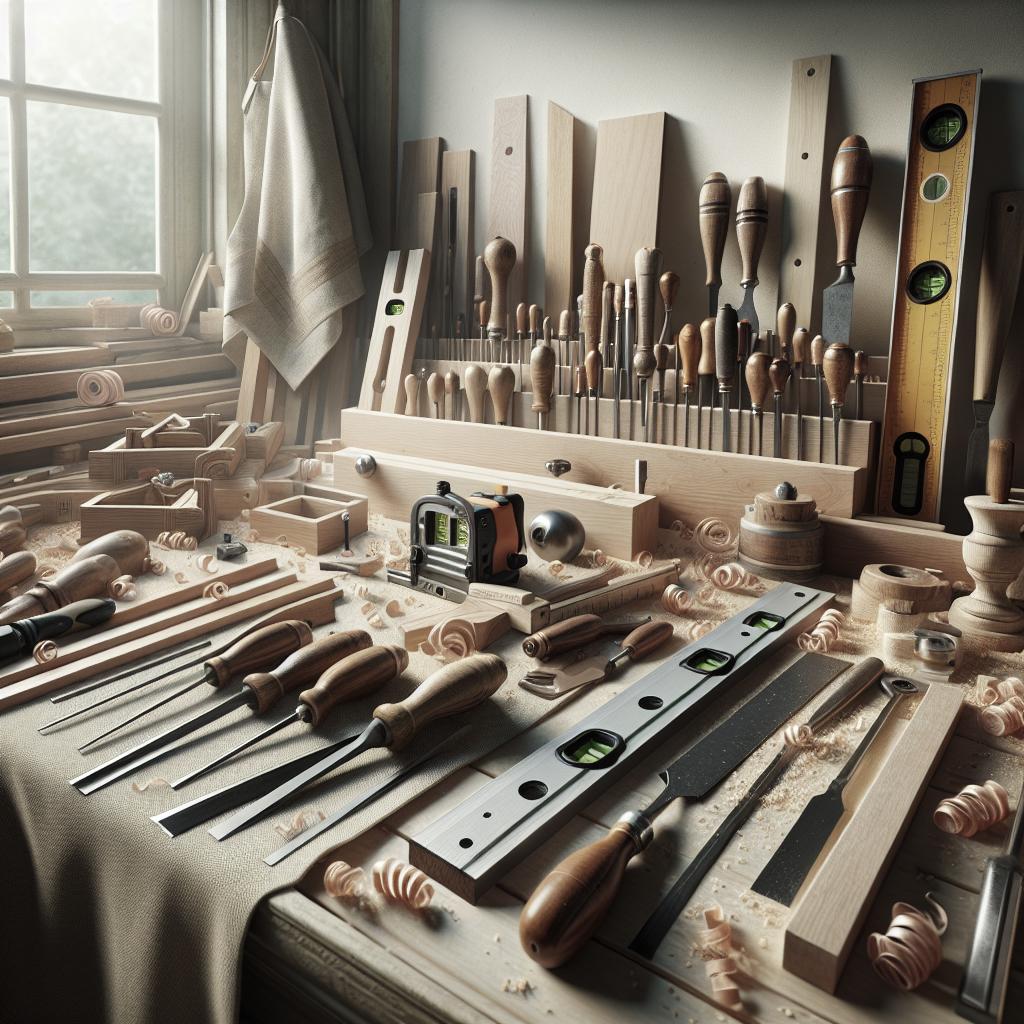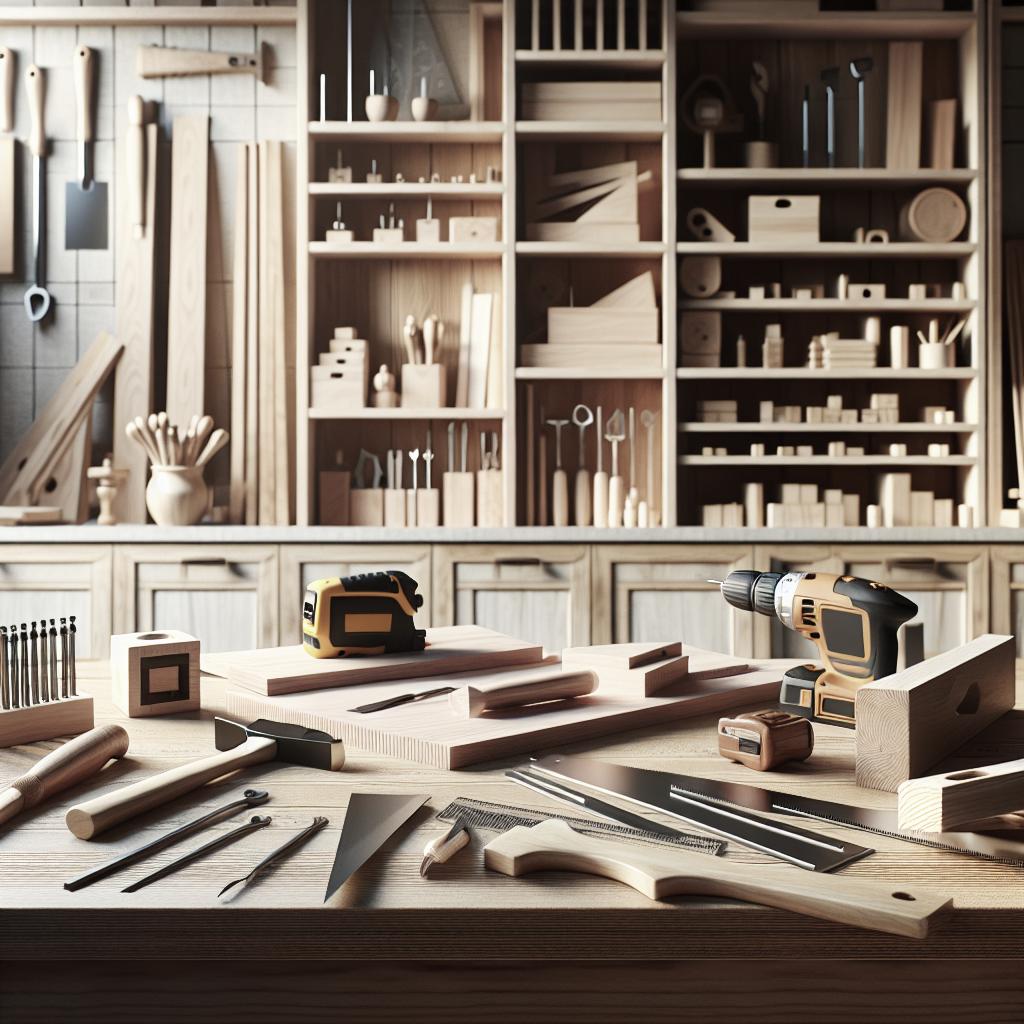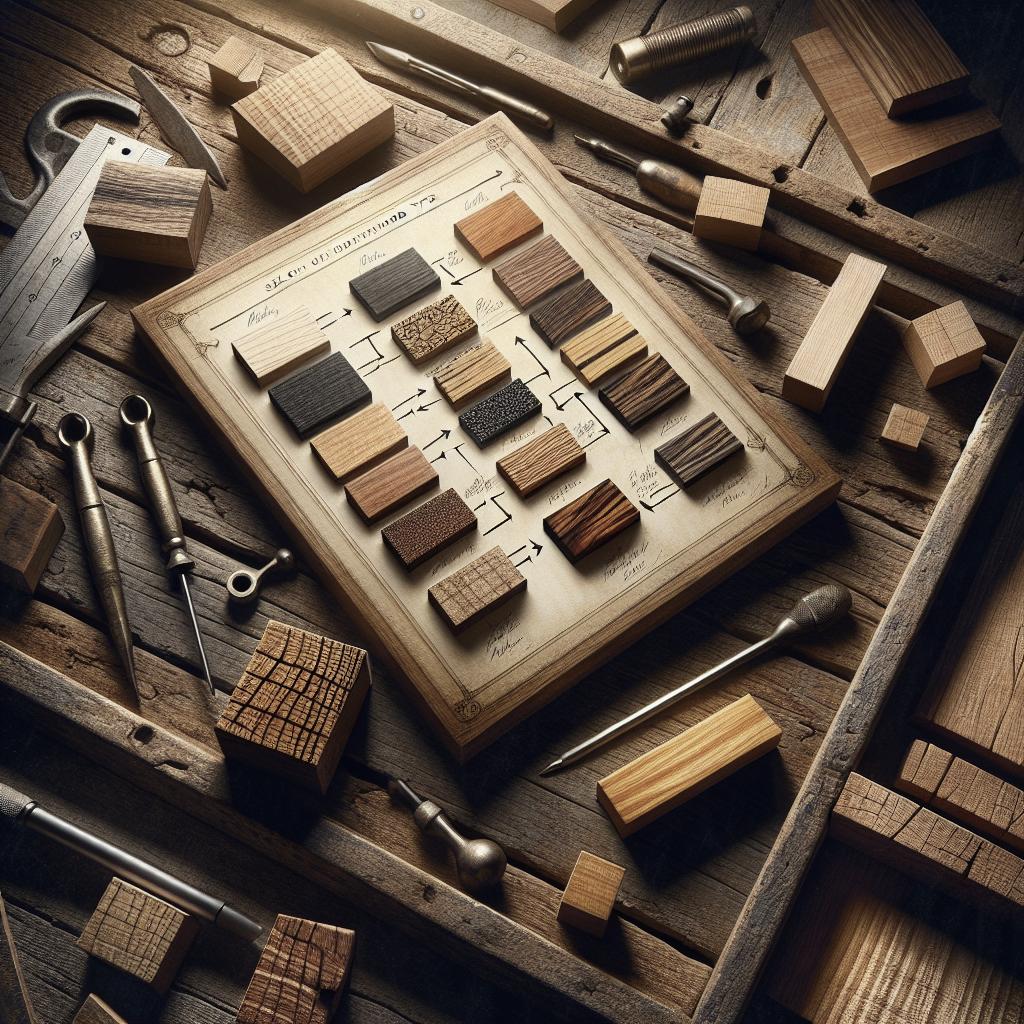“`html
Essential Tools for Precision Woodworking
Precision in woodworking is not only about skill but also about having the right tools for the job. Whether you are a hand tool enthusiast, a hybrid worker blending power tools with traditional methods, or someone embracing digital technology in your craft, selecting the right tools can make a significant difference in your work. This comprehensive guide explores the toolsets each type of woodworker should consider, highlighting their unique roles and benefits. From traditional hand tools that provide tactile feedback and craftsmanship to hybrid setups offering flexibility and efficiency, and finally to the integration of digital solutions that redefine possibilities in woodworking, this article will help you gear up for your next woodworking project with confidence.
The hand tool focused woodworker
For the hand tool focused woodworker, the pursuit of craftsmanship goes hand in hand with the selection of traditional tools that have stood the test of time. Essential tools such as hand planes, chisels, and saws form the backbone of a well-equipped workshop. These tools not only provide the tactile feedback necessary for precision but also allow for a deeper connection between the artisan and the material. Hand planes, for example, are indispensable for refining surfaces and fitting joints, allowing for meticulous control over the final product.
Equally important in this toolkit is a quality set of chisels, which offer the precision required for detailed joinery work. Whether you’re cutting dovetails or mortises, a sharp chisel enables you to make clean, accurate cuts with ease. Saws, such as the Japanese pull saw or a tenon saw, also play a critical role by allowing for fine cuts that enhance the quality of the finished piece. Ultimately, the hand tool focused woodworker prioritizes precision and craft, leveraging the simplicity and elegance of handmade tools to achieve exceptional results.
The Hybrid Woodworker
The hybrid woodworker embraces the best of both worlds by balancing traditional hand tools with the efficiency of modern power tools. This approach requires a thoughtful selection of tools that complement each other and enhance workflow. A hybrid workshop often includes essential power tools such as a table saw, planer, and drill press, which allow for efficient processing of material and complex joinery. These tools save time on repetitive tasks while maintaining the quality and precision that hand tools provide.
Augmenting these power tools, the hybrid woodworker often relies on hand planes and chisels for final adjustments and detailing that machines cannot achieve. This combination provides the flexibility to tackle a wide range of projects, from furniture making to intricate cabinetry. By integrating hand and power tools, the hybrid woodworker achieves a perfect balance between speed and precision, allowing for greater creativity and efficiency in their work. This approach not only increases productivity but also broadens the horizon of possibilities within woodworking.
The Digital/Hybrid Woodworker
The digital/hybrid woodworker is at the forefront of embracing technology’s potential in woodworking, blending traditional craftsmanship with cutting-edge digital tools. CNC machines and laser cutters empower woodworkers to execute intricate designs and patterns that would be challenging for hand or power tools alone. This toolset opens up new avenues for creativity, enabling precise replication of complex designs and reducing the margin of human error.
With the addition of digital modeling software, woodworkers can visualize projects in a three-dimensional space before bringing them to life. This integration of digital and traditional methods allows for an unprecedented level of precision and customization. Whether producing one-off bespoke pieces or replicating multiple units, the digital/hybrid woodworker can take advantage of technology to innovate and expand the limits of what can be created in wood.
Personal choices. Lifetime use.
The choice of tools in woodworking is deeply personal, often reflecting the woodworker’s style, preferences, and project requirements. Investing in high-quality tools not only enhances productivity but can also inspire creativity and pride in workmanship. As woodworking is both a skill and an art, the right tools become extensions of the woodworker’s hands, enabling them to bring their visions to life with precision and care.
Each tool, whether traditional, hybrid, or digital, is a long-term investment in one’s craft. Choosing wisely based on durability, adaptability, and specific project needs ensures that these tools remain valuable companions throughout a woodworker’s journey. As technology evolves, so too does the woodworking landscape, inviting continuous learning and adaptation. This journey of crafting with precision tools is one defined by learning, improving, and achieving mastery over a lifetime of dedicated work.
Next steps
| Type of Woodworker | Key Tools | Benefits |
|---|---|---|
| Hand Tool Focused Woodworker | Hand planes, chisels, saws | Precision, craftsmanship, tactile feedback |
| Hybrid Woodworker | Table saws, hand planes, drill press | Balance speed and precision, flexibility |
| Digital/Hybrid Woodworker | CNC machines, laser cutters, digital modeling software | Innovation, precision, complex design capability |
“`


